A Virtual Tour of Bletchley Park
by Tony Sale
page 5 of 5 pages illustrating
Bletchley Park and its Museum

Tony Sale's
Codes and Ciphers
A Virtual Tour of Bletchley Parkby Tony Sale
|  Tony Sale's Codes and Ciphers |
At the same period, Bletchley Park began to exploit a break into another type of German high-level cipher, encoded not on the Enigma but the Lorenz machine. This came to involve large-scale electronic machines, culminating in the Colossus. As Allied operations expanded and finally closed on Nazi Germany, 12000 people were working at Bletchley Park. 39. Towards the roundabout which marks the big area of large Blocks.
The Germans never broke the TypeX machine ciphers.
You can continue your virtual tour by seeing Tony Sale's Rebuilding of the Colossus.
Back to the the index page of Tony Sale's Codes and Ciphers in the Second World War.
Part 5: The Blocks
We now begin to see the industrial scale on which Bletchley Park operated after 1942. The German Navy added a fourth wheel to the U-boat Enigma machine in February 1942, making the codebreaking far more difficult. This crisis led into extensive collaboration with the United States, where large numbers of Bombes were built.
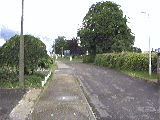
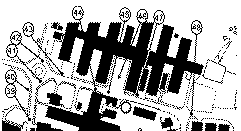
40. On this green stood F Block, unfortunately demolished in 1987. This building housed four of the 10 electronic Colossus machines, the first of which was installed over Christmas 1943.
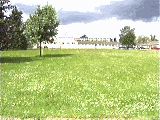
41. This building held the standby generators to keep the Colossus computers going if mains power failed. Each Colossus took 5.5Kw so lots of power was required.
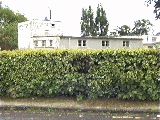
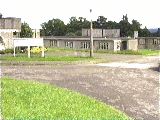
42. Now we come to D Block, another enormous building where Huts 3, 6 and 8 expanded to carry on Enigma codebreaking. 43. They still used the names 'Huts 3, 6 and 8' to describe the work they did. 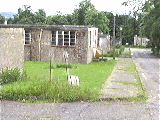
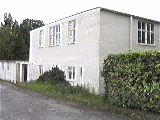
44. E Block was where the decrypted and translated messages were transmitted to British commanders. For this purpose the messages had to be re-enciphered on British TypeX machines. 45. The top floor of this building was where the TypeX machines were. 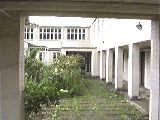
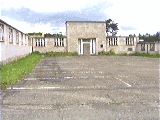
46. The main entrance to D Block. 47. There are cycle sheds all over the Park. Nobody lived in the Park. All the staff had to travel out to their billets, and very many used bicycles. 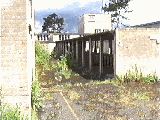
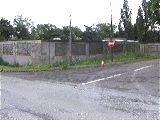
48. This is C Block, housing the Index. In here was a vast punched-card installation using up to 2 million cards a week. It collated, cross-referenced and analysed all the information gained from decrypts. 49. G Block can just be seen behind D Block. This was where the Abwehr Enigma was broken, and where the successes of D-Day deception campaigns were monitored. 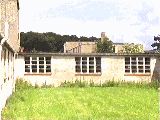
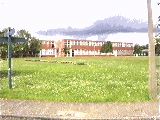
50. Finally we cross over to Faulkner House. Here you will see the bulk of the Museum as it is now, including the rebuilt Colossus.
This Virtual Tour of Bletchley Park was conceived and written by Tony Sale in July 1999 to accompany his own photographs.
For information about when Bletchley Park is open to visitors you must go to the Bletchley Park Trust which is responsible for it. This website has no connection with the Bletchley Park Trust.
This page was created by the late Tony Sale
the original curator of the Bletchley Park Museum
Technical assistance from Andrew Hodges